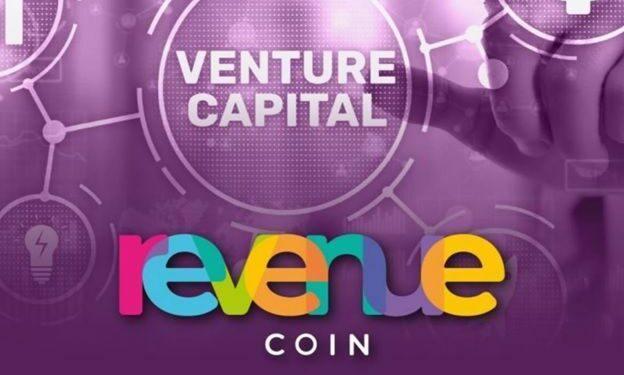When most of us think of the world of Venture Capital, our minds tend to go to the large VC firms that put millions of dollars into startups and hopefully make this amount back several times over for their investors. For decades, Venture Capital has served as a way for the wealthy to make even more money by finding new and upcoming firms.
While Venture Capital allowed many world-changing companies to see the light of day, it has also been an exclusionary industry. To be eligible for Venture Capital funding, companies need to meet several stringent requirements and have a reputation behind them before being considered. People also couldn’t invest in Venture Capital every day because of the high capital requirement.
However, we are in the 21st century where many industries are democratizing, and thanks to the tokenization of investment vehicles through blockchain, access to Venture Capital has become easier than ever.
How RevenueCoin Works
Among the blockchain-based projects changing the face of the Venture Capital world, is RevenueCoin and features the world’s first revenue coin. RevenueCoin works specifically to help high-tech companies receive enough funds to scale. However, it does not operate in the way that traditional Venture Capital firms do.
Rather than investing funds provided by wealthy investors and receiving a stake in said businesses, the investment process centers around its native $RVC token. First, ReveneuCoin users buy up the native $RVC token for themselves using currency. The funds raised from the token sale are then distributed to the high-tech companies.
The companies to receive this funding are chosen through community voting and reports from Revenue Capital experts. After the companies receive their funding and can scale, they give back to the RevenueCoin community.
Unlike traditional VC setups where dividends are paid out to the investors, the companies that receive funding from RevenueCoin will earmark up to 10% of their profits for buying back and then burning up the supply of $RVC. It benefits token holders because this reduction in the supply of $RVC will drive up the token’s value.
Those who had initially bought the token (and thus funded the companies) can sell them on traditional exchanges for a profit. This method of venture capital is a far cry from the traditional method. Still, it is increasingly being favored among consumers and companies that seek VC funding for a number of reasons. For those who want to invest in Venture Capital, it represents a lowered barrier to entry.
A person would typically need millions of dollars to invest in venture capital, and naturally, this shut out a great number of people. However, with RevenueCoin, a person can get into VC with a few hundred dollars. Perhaps this is the greatest incentive for blockchain-based investment vehicles as they democratize means of investing that usually would require a large capital investment.
This has happened with real estate, cryptocurrency, art, and now the VC sector is getting the same treatment. There is also a significant emphasis on the community with ventures like RevenueCoin. As opposed to traditional VC’s stiff and cold nature, blockchain-based VC firms can offer a level of community interaction and voting on which projects get funding.
The token model also means that those who buy $RVC can also see their investment grow in real-time as the value of their coins increases.
The Future of VC
With projects like RevenueCoin, it is clear that Venture Capital will never be the same. With many entry barriers lowered and removed, more people have access to the world of Venture Capital and can make a profit from it.
This also means that more innovative and otherwise overlooked projects can benefit from these alternative funding sources. The monopoly held by many of the large VC firms and the companies they fund can be broken. A more healthy and balanced ecosystem can be achieved. It will all be thanks to the democratization of industries and the infusing of blockchain into yet another industry.






